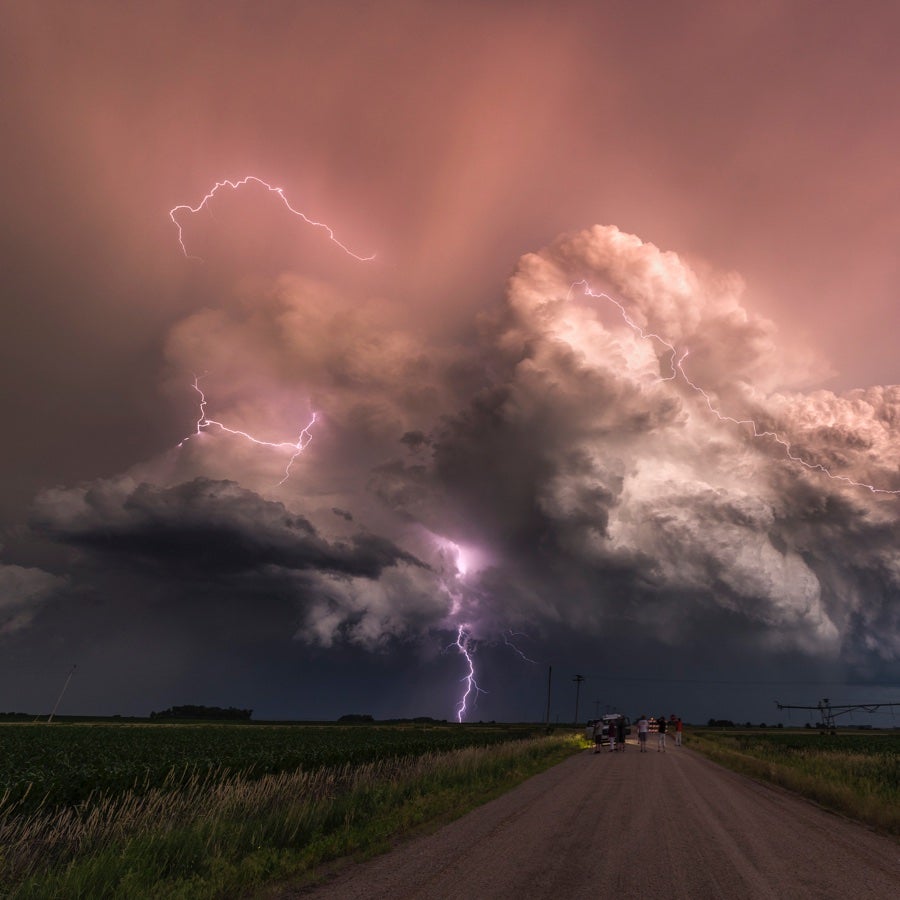Confidently Manage Peak Peril Risk
The average annual insured loss from severe convective storms in the United States is $17 billion, over $1 billion higher than the average annual loss from hurricane winds. And they are regularly the most expensive peril in Canada.
Beyond Historical Data
Fill the gaps and biases associated with incomplete historical data while maintaining proper severity of losses with an advanced hybrid model.
Flexible Sub-Peril Modeling
Examine hail, tornado, and straight-line wind separately or together in any desired combination to understand cause of loss.
Catastrophic vs Non-Catastrophic
View all potential sources of loss across the full spectrum of cat and non-cat events with the freedom to isolate or combine them.
Complete View of Risk
Take advantage of a complete view of hazard, vulnerability, and loss to enable accurate risk management of severe weather.
Spotlight

Related Products
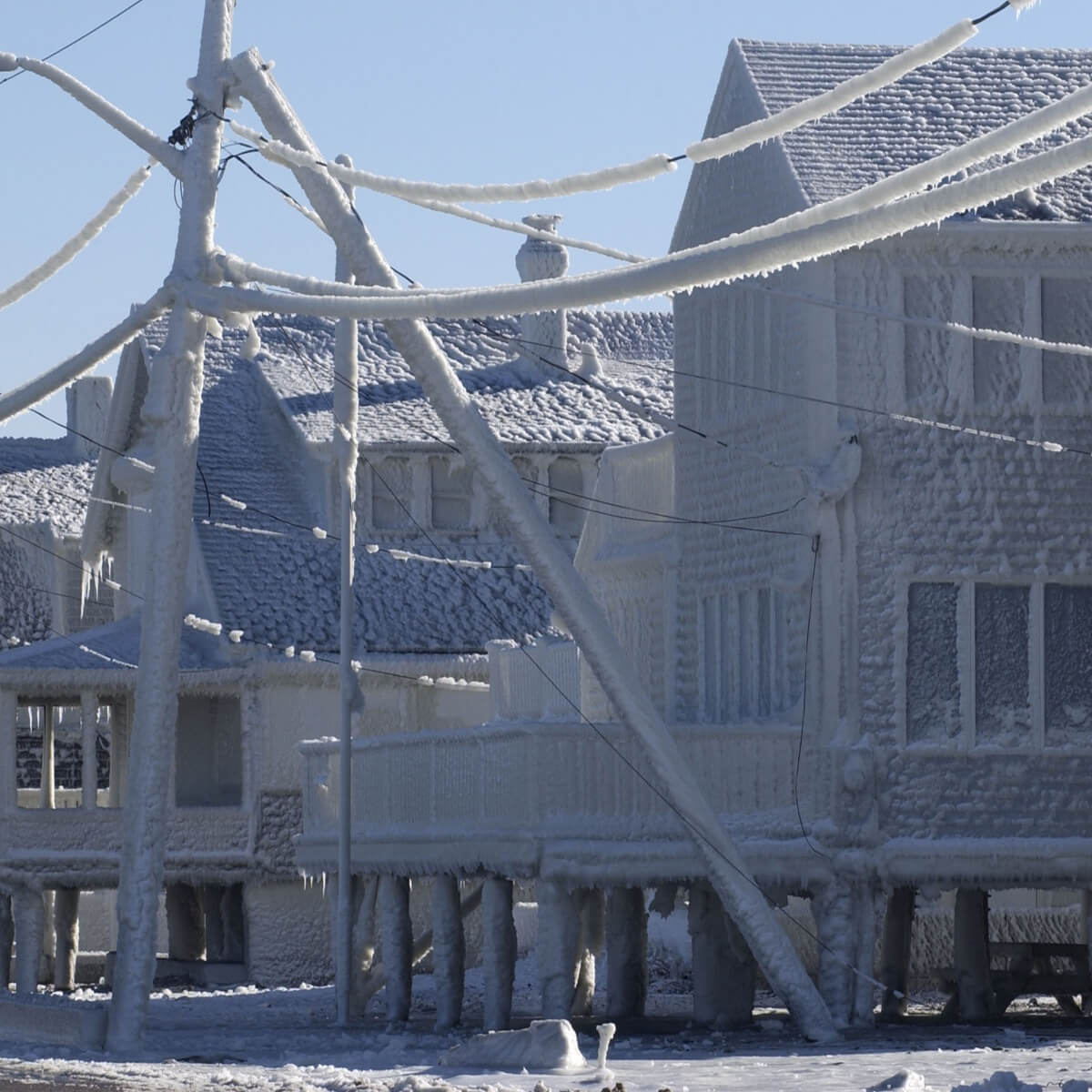

Resources

May Tornadoes Leave U.S. in a Whirlwind
Late May 2019 was a startlingly active period for severe convective storms (SCS) in the U.S., even after considering that May is typically one of the most active months of the year. Until about halfway through the month, the number of tornadoes being reported was around average, but after a major outbreak starting in mid-May this number shot up, bringing the year-to-date total to 1,017 tornado reports. This count is only surpassed by the extremely active years of 2008 and 2011 (Figure 1). This year’s late May...
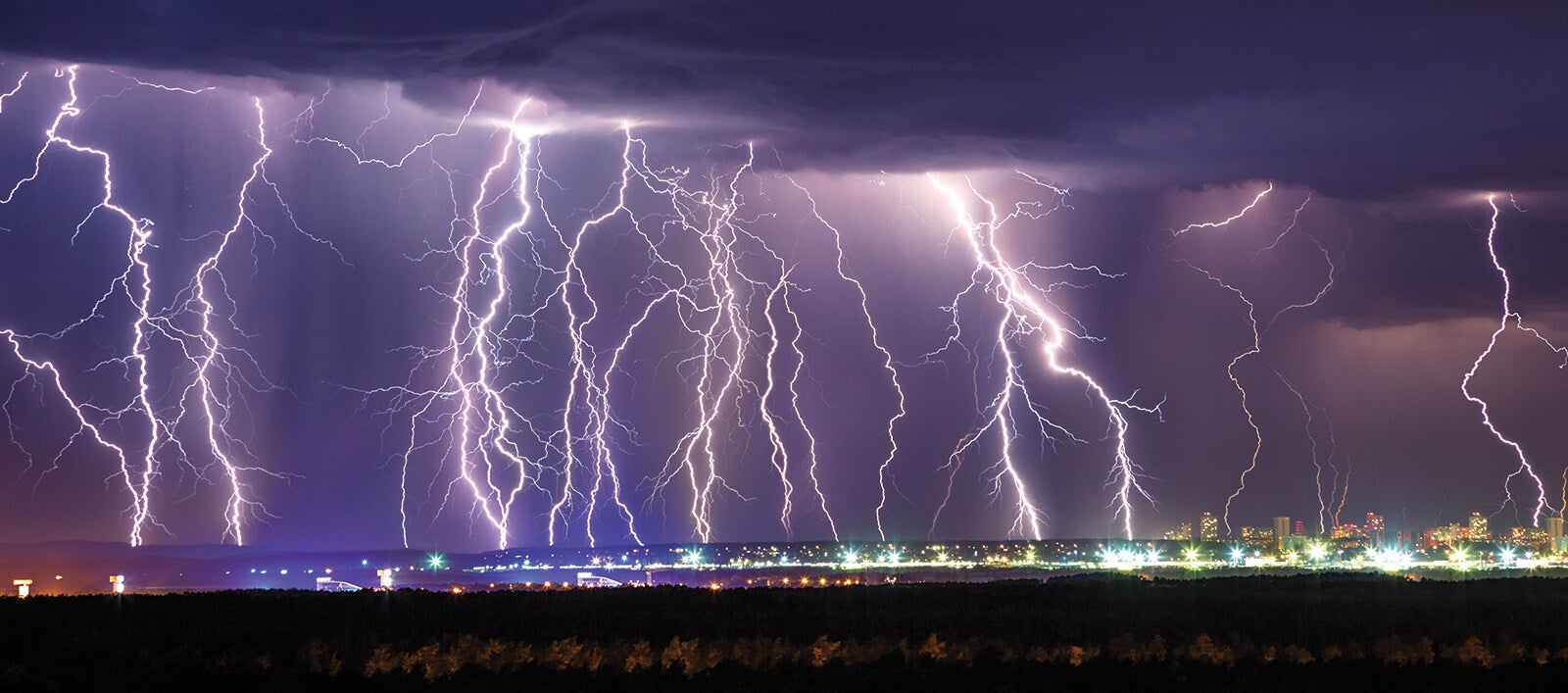
Severe Convective Storms: A New Peak Peril?
Severe convective storms (SCS) have driven U.S. insured catastrophe losses in recent years with both attritional and major single-event claims now rivaling an average hurricane season. EXPOSURE looks at why SCS losses are rising and asks how (re)insurers should be responding At the time of writing, 2019 was already shaping up to be another active season for U.S. severe convective storms (SCS), with at least eight tornadoes daily over a period of 12 consecutive days in May. It was the most May tornadoes since ...
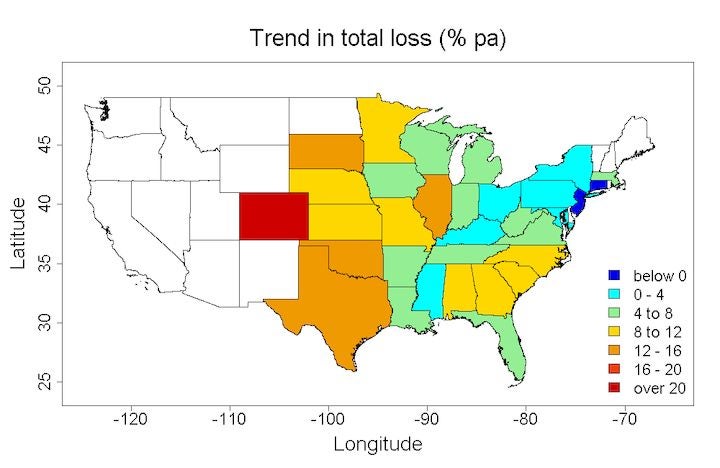
U.S. Severe Convective Storm Claims Going Through the Roof
During the development of the current RMS U.S. Severe Convective Storm (SCS) model, we found that claims for U.S. Personal lines were growing much faster than general economic inflation. To update SCS claims trends and to try and understand what could be driving this hyper-inflation, we analyzed the new five-year dataset from 2013 onwards, and also a longer duration 17-year period from 2001 to 2017 when observation datasets are of best quality. Trends in SCS Event Costs We gathered SCS losses due to h...
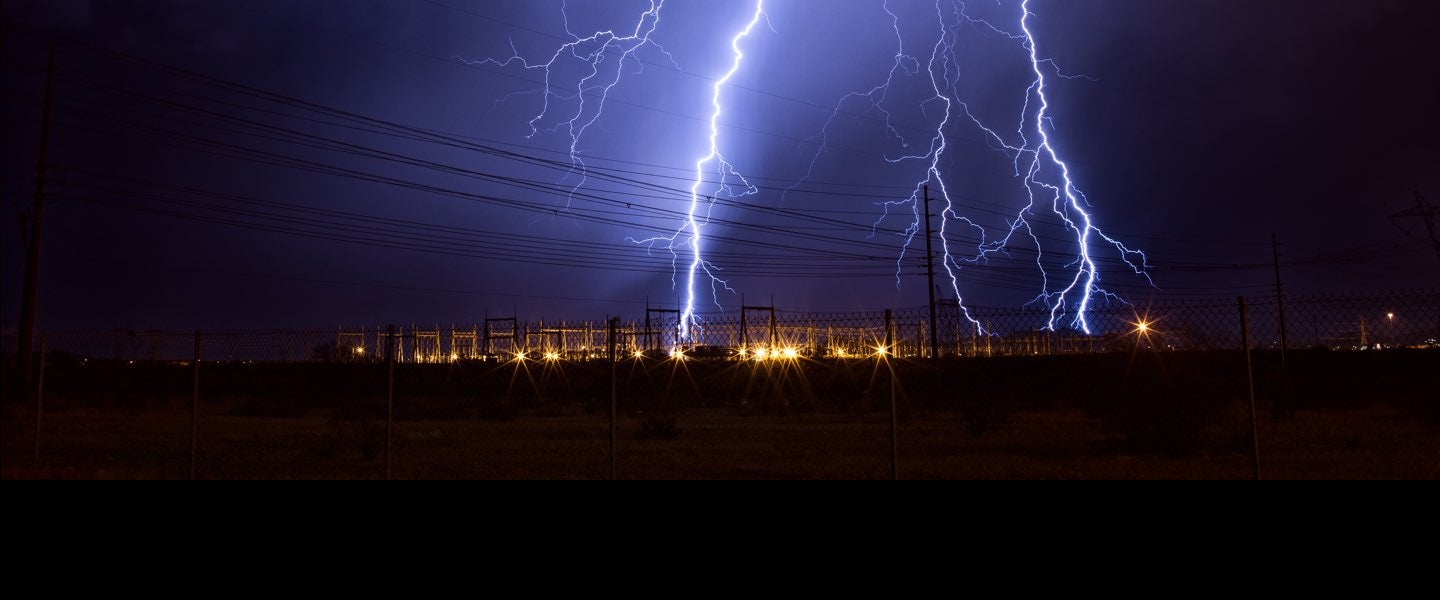
Severe Thunderstorm Risk: What You Don’t Know Can Hurt You
Are you using experience based rating to underwrite severe thunderstorm risk? Many use this approach in North America, but if you do, you could be missing out on the full loss picture for this complex peril. Though tornado and hail are responsible for a major part of the annual insured loss, straight-line winds and lightning can also contribute to a material portion. More importantly, recent trends in industry claims practices, event severity, and exposure concentration have indicated that the ris...

Spring into Action: U.S. Severe Convective Storm Season Sp...
Last weekend (April 13-14) marked the first major U.S. severe convective storm (SCS) outbreak of 2019. Drawing energy from warm, humid air brought over land from the Gulf of Mexico by a dip in the jet stream, hail, strong winds and/or tornadoes were reported in 19 states stretching from Texas to New York. There have been at least nine fatalities reported. The worst damage occurred in Texas, Louisiana, Mississippi, and Alabama, where over 150,000 homes and business lost power. Damage surveys are ongoing, but a...

Want Leading-Edge Tools to Manage Your Severe Convective Storm Risk?




